School Makerspaces Should Spark Innovation
A MiddleWeb Blog
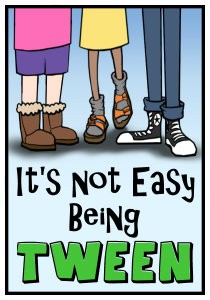 I am on the innovation committee at my school. My campus is building an innovation center, and the committee has been asked to do school visits to gather ideas prior to construction.
I am on the innovation committee at my school. My campus is building an innovation center, and the committee has been asked to do school visits to gather ideas prior to construction.
We are charged with defining innovative learning experiences, curating examples of them, and determining how to encourage and support creative teaching school wide.
I was lucky enough to travel to my old stomping grounds – Silicon Valley – last month to visit some schools known for their hands-on, 21st century learning spaces. By the end of my visit, the same thought kept running through my head: these makerspaces are incredibly similar to the home ec and shop classes we had when the dinosaurs roamed the earth and I went to school.
I have written here before about how I was somewhat shocked at how many of my students want to learn skills that don’t involve high-end digital technology, and this was reinforced by what I saw on my visits.
Young people love to work with their hands
In the materials-rich environment of the makerspace, the majority of what students were using did not involve computers or tablets. And in the event that electronics were employed, they were to help document the progress of the project, make a design, write support materials, or communicate.
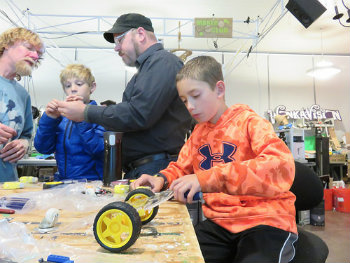
It was wonderful to see the engagement, but it was also not novel to me. These are the kinds of things my friends and I did during home ec and wood shop and on our own time at home. To many of these children, however, these are all new experiences.
It is obvious from the popularity of the maker movement – as well as design thinking, project based curricula, and career and technical schools – that young people crave the opportunity to work with their hands and to create.
It seems to be something adults are also interested in based on the number of people who purchase hand-crafted goods on Etsy, watch cooking and home improvement television, and curate DIY ideas on Pinterest.
Home economics and shop were two of my favorite classes growing up. I learned how to cook AND helped my father build our garage. Many children today do not have these same opportunities.
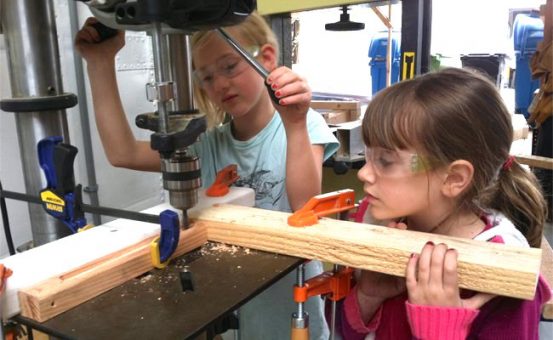
Cheryl visited The Nueva School in California
Hands-on skills are still valuable
All of these hands-on skills have merit, but for many valid reasons vocational education opportunities fell out of favor in the 1990s. I am thrilled to see these classes coming back, albeit in a different form. The new shop class is more of a design studio, filled with chances to tinker, experiment, and see an idea through to fruition.
If we also added back the opportunity in middle school to learn how to cook, sew, and manage a household, I imagine we would have some students who would jump at the chance to learn these skills. More time in fine arts as well as learning handicrafts also holds appeal for many. A lot of us enjoy these activities, and they are also valuable.
I have saved myself a lot of money over the years designing and sewing curtains for odd-sized windows, repairing a leaky faucet, painting rooms, and cooking healthy meals at home. I know that I have students who share my interests.
The growth of makerspaces
In recent years, many large corporations and wealthy individuals have thrown their money and resources behind working with schools to create makerspaces.
The majority of the schools I visited in California, as well as those in my home state of Michigan, relied on donations or some other sort of sponsorship to secure many of the materials they were using in their maker spaces.
Also, the beauty of the makerspace is that is can be located just about anywhere on campus. Most of the schools merely converted a room that had been a computer lab or something similar into a makerspace.
One lucky school was built from scratch with innovation, design thinking, and collaboration at the forefront. Nearly every surface can be used for brainstorming, the rooms have mobile furniture to reconfigure the space as needed, and there are numerous locations throughout the building for small and large group interaction. They are doing nearly the same activities as other schools, but with a more thoughtful pedagogical approach.
School-based makerspaces should be about innovation
The difficulty lies in getting the powers-that-be to see the value in these experiences – and making sure the projects are pedagogically sound and not just used to keep students busy. I believe the former will be easier than the latter.
From what I have observed, our most challenging task is to ensure that we are not just using our makerspaces as playgrounds (although there is some merit to this as well). My belief is that tech, whatever the setting, should not be the driving force behind an instructional plan.
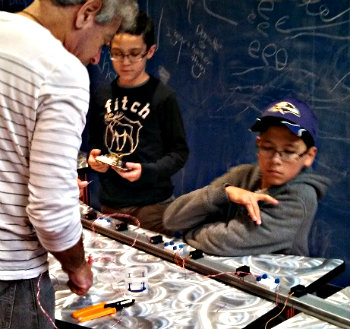
While this is probably a little more engaging than writing a report on paper, it is not really all that creative. I saw a teacher who went a step beyond this and asked her students to create a museum-type exhibit that could teach a younger child about their famous person. This was definitely a more complex task, but still not where it could be.
The potential for students to pursue their concerns
What about having students choose a product they believe to be essential to their daily lives and research its origins? Perhaps even contact the individual responsible for the product. They could then conduct a needs assessment and attempt to design an enhancement or alteration to the product to make it even more useful.
Or they could determine what they see to be a real problem in the world that needs solving, research what is already being done, and perhaps work toward a solution. Every time I see a teenager on TV who has done this, I just wonder why all students are not given this opportunity.
Either of the options I have described could be shaped to allow students to meet the same academic requirements as a standard biography report, but there would be a more purposeful use of the students’ time and the makerspace.
I am very excited about the maker movement and all that it implies for education, but I hope we educators can take the shop classes of the future in the direction of incorporating 21st century learning goals. If we are assigning the same rote project to everyone, or just letting them play and tinker with no real goal, we are not using these spaces for all they could be.
Although it is challenging to incorporate makerspaces and hands-on creation activities in an English class, I am making that a goal of mine for next school year. I will share my experience, and I hope to hear from you as well.
__________
Feature image: The Nueva School, Escola de Inventor

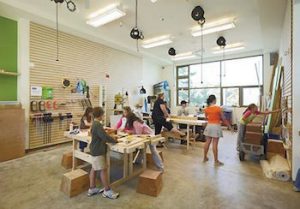
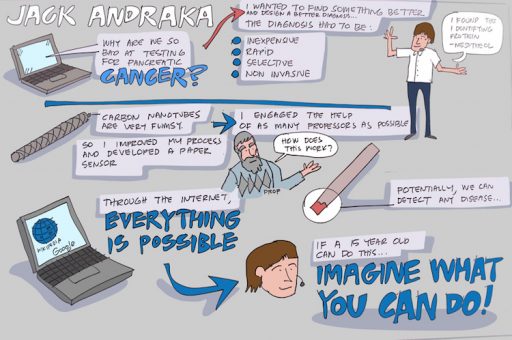

































Great post, Cheryl! Hands-on, authentic learning experiences are absolutely the way to go. (I wonder how many colleges of ed use that approach when preparing our 21st century teacher workforce.) I work with STEM initiatives to focus kids on solving real world problems. Thanks for reiterating the need for the problem-solving approach.